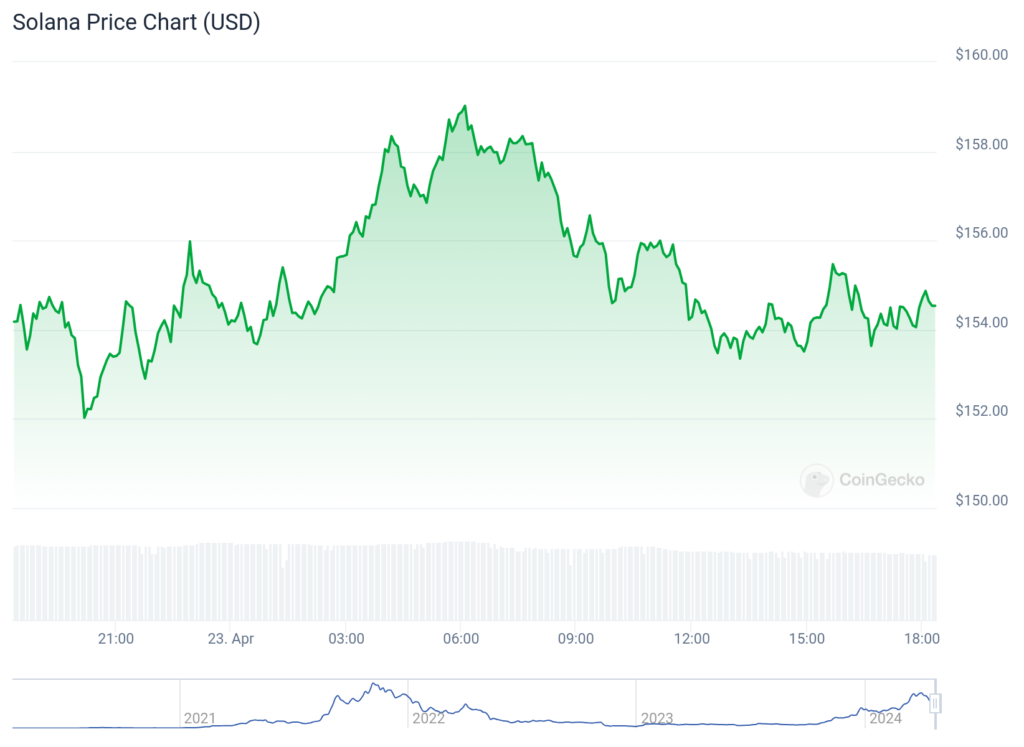As the world of cryptocurrencies transforms all the time, Solana, which is known for handling transactions swiftly, has become the center of an interesting trend that is the rise of meme coins.
People acquired these tokens, which were often decorated with lovable creatures like dogs or cats, because they said they would give them enormous returns. But for many, these purchases were not paid off as planned and instead led to substantial losses.
A lot of people were excited to join meme coin pre sales because of intense talks on social media sites and the general fear of missing out. Projects like “I Like This Coin” (LIKE) seemed to appear out of nowhere with enormous promises.
But quickly, “I Like This Coin” turned into a story about being careful. The token’s value declined by a terrible 90% in just eight hours after start, even though its initial market capitalization reached a staggering $577 million.
But that was not the end of the story. ZachXBT, an investigator, found a concerning pattern that is a dozen meme coin projects disappeared into thin air after their presales, taking $26.7 million from investors who were unaware of what was going on.
There were some adverse consequences from the hype around meme coins. The vast amount of transactions put excessive stress on the Solana network, which caused transactions to fail and frustrating delays. This brought up a basic problem with meme coins: they typically lack any real use and fail to do much to help the development of the blockchain infrastructure underneath.
Solana’s Skepticism On Meme Coins
The founder of Solana, Anatoly Yakovenko, was skeptical of meme coin presales and pushed for projects with strong technology bases instead. Many people agreed with him as they saw the meme coin craze as a bubble of speculation swollen by empty promises and social media hype.
When Solana’s meme coins went up and then down in value, it was a stark warning of how risky it is to invest in unregulated, highly speculative assets. The idea of getting rich quickly may be appealing, but there is a significant likelihood of scams and “rug pulls.”

What happened after the meme coin craze could have long-lasting effects. The people in charge of overseeing cryptocurrencies may pay more attention to this area and may take more powerful steps to protect investors’ interests.
For people interested in cryptocurrency, the message is clear that do a lot of study, put real-world projects at the top of your list, and remember the old saying that you should avoid schemes that seem too good to be true.







